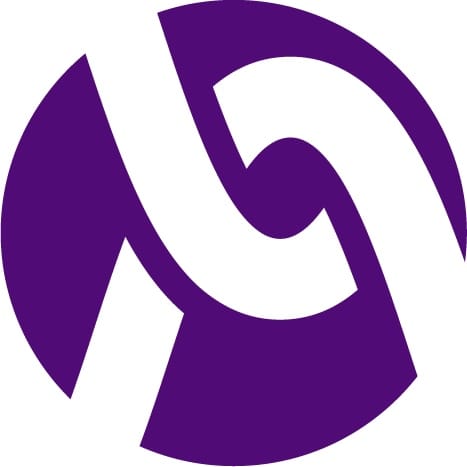Agile software development is an iterative approach to software development that emphasizes collaboration, flexibility, and rapid response to change. The Agile methodology was introduced in 2001 by a group of software developers who were frustrated with the slow and inflexible Waterfall method of software development. Since then, Agile has become a popular methodology for software development, and its principles have been applied to other industries as well. In this blog, we will explore the basics of Agile software development.
Values of Agile
Agile development is based on four key values, which are outlined in the Agile Manifesto:
- Individuals and interactions over processes and tools
- Working software over comprehensive documentation
- Customer collaboration over contract negotiation
- Responding to change over following a plan
These values prioritize the importance of communication, working software, customer satisfaction, and flexibility.
Principles of Agile
The Agile Manifesto is supported by 12 principles that provide guidance on how to implement the Agile methodology:
- Deliver working software frequently, with a preference for shorter timescales.
- Welcome changing requirements, even late in the development process.
- Collaborate with the customer throughout the project.
- Build projects around motivated individuals, and give them the support they need to succeed.
- Emphasize face-to-face communication.
- Working software is the primary measure of progress.
- Promote sustainable development practices.
- Focus on technical excellence and good design.
- Simplicity is essential.
- Self-organizing teams produce the best results.
- Reflect regularly on how to become more effective.
- At regular intervals, the team reflects on how to become more effective, and adjusts accordingly.
These principles guide Agile teams in delivering high-quality software that meets the needs of their customers.
Agile Frameworks
There are several Agile frameworks that teams can use to implement Agile software development. The two most popular frameworks are Scrum and Kanban.
Scrum is a framework that emphasizes teamwork, collaboration, and frequent delivery of working software. Scrum teams work in short, time-boxed iterations called sprints, which typically last between one and four weeks. At the beginning of each sprint, the team selects a set of user stories or features from the product backlog that they will work on during the sprint. The team works on these features throughout the sprint, with daily stand-up meetings to track progress and identify any obstacles. At the end of the sprint, the team demonstrates the completed work to the product owner and stakeholders, and then holds a retrospective meeting to review the sprint and identify ways to improve.
Kanban is a framework that emphasizes visualizing work, limiting work in progress, and delivering work as soon as it is ready. Kanban teams use a Kanban board to visualize the flow of work through the development process. The board typically consists of columns that represent different stages of the process, such as “To Do,” “In Progress,” and “Done.” The team limits the amount of work in progress at any given time to avoid overloading the team. Kanban teams focus on delivering work as soon as it is ready, rather than waiting for a sprint to end.
Conclusion
Agile software development is a flexible, iterative approach to software development that emphasizes teamwork, collaboration, and frequent delivery of working software. The Agile Manifesto and principles provide guidance on how to implement Agile development, and frameworks such as Scrum and Kanban provide a structured approach to Agile software development. By prioritizing communication, customer satisfaction, and flexibility, Agile teams are able to deliver high-quality software that meets the needs of their customers.
Contact us today for your custom software development needs!






